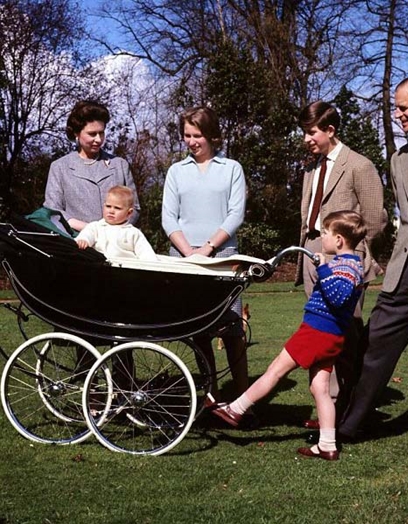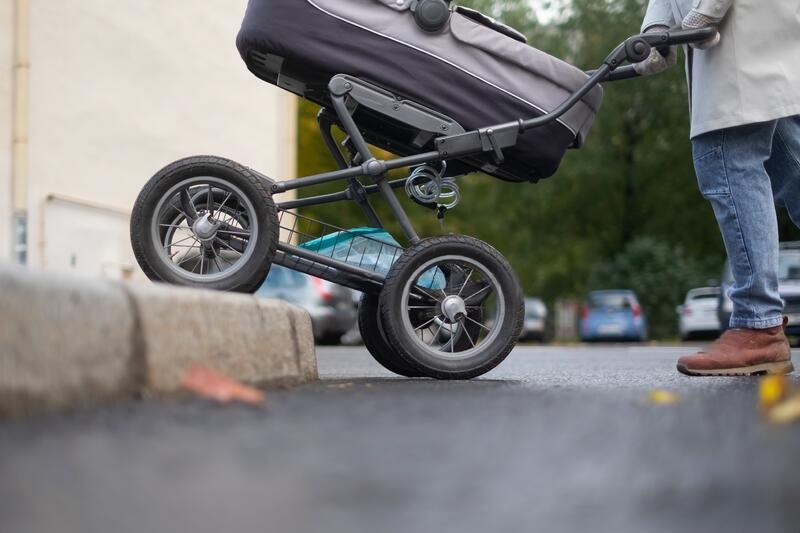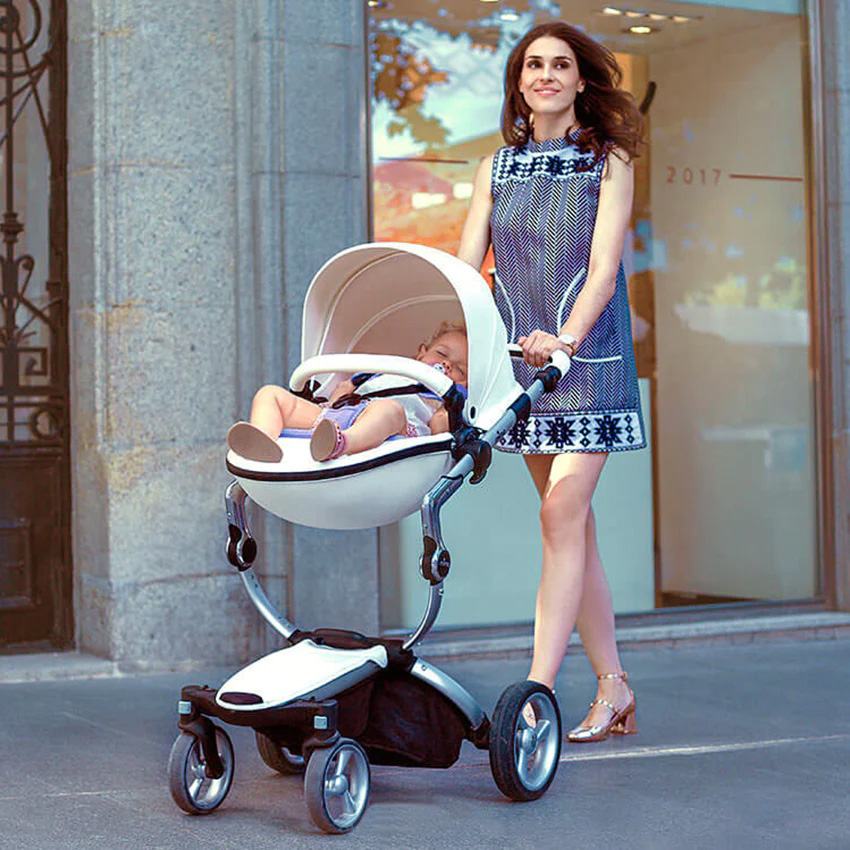What’s suspension and do I really need it?
Suspension is something people love to talk about when comparing prams. “This pram is great, it has lots of suspension” is probably something you might hear from your parents when looking at strollers for the first time.
So what exactly is it?
What is suspension?
As with any vehicle, suspension is important for the user. When you go on terrain which isn’t perfectly flat, the suspension dampens the vibrations, resulting in a smooth ride for your baby. Without suspension, journeys to parks or going up and down kerbs will constantly wake your baby up as they feel every bump.
You can usually see this on any pram. When you push down on the wheels, the stroller will bounce slightly when it comes back up.
Most prams actually have these visible with bring springs or coils by the wheels.

Now we can equate the suspension of the pram to basically mean how bouncy it is.
Most older parents will always be very impressed with the suspension of the pram. But the important thing to remember is that they needed large amounts of bounce for their more active lifestyles.
Before everyone had access to cars, with modern parents often having their own vehicles, people would walk around a lot more.
All of this walking made suspension very important, as the pram would need to be built to survive long adventurous hikes.
Nowadays, this isn’t as necessary.
Now, most prams will have at least some level of suspension. But the important question to ask is “How much do I really need?” and “What if any downsides are there to it?”
What’s so good about suspension?
Well, as we mentioned before suspension is very good for long walks and hikes.

Well, if you live in the countryside, for instance, the roads and paths you will take the stroller on will typically be cobblestone or hike trails. These aren’t as easy to push on and the added suspension provides a smoother ride for your baby.
Conversely, if you live in a town, you’ll normally be on smooth pavements or other flat surfaces. The reduced amount of bumps in your daily walks mean you don’t need as much suspension. However, it can be useful to have some as you will need to get up and down from kerbs. And without any suspension, your baby will be in a rough ride any time you want to go up and down one.
For 99% of parents though, you’ll be looking for a pram which you can use in town centres when you won’t need suspension, whilst also handling the occasional park walks when you will.
The suspension on a pram usually occurs in 2 places – sometimes there’s a 3rd option, but we’ll cover that later. Front and rear wheel suspension both reduce the vibrations on your adventures, but do so in different mechanisms.
Your rear wheel suspension is particularly useful when you need to get up kerbs, steps or bumps. That’s because when you want to get the pram over a big bump, you push down on the handlebar to life the front wheels up and then get over the rise.
With rear suspension, it makes this process so much easier, as the additional bounce gives you something to push into.

You’ll also have the frontal suspension. When you go out on walks, the front wheels will be what the pram goes over first. It’s also typically the part which defines the manoeuvrability, or how easy it is to turn left and right.
So overall, it sounds like suspension is important to the pram. And that’s completely correct. Without it, walks would be miserable for the parent and baby. But if suspension is so good, why do prams have different amounts for each stroller?
So why wouldn’t I need suspension?
Well, for the shocks – the coils – to be able to activate successfully, the pram needs to be a bit more robust. If you think about it, large cars and vans have much bigger suspension than those found in smaller and lower cars. And this same logic transfers over to strollers.
So, for your pram to have more suspension, it needs to have a bit more weight to be able to be used. So if you want a lightweight city pram, you’re normally going to get something with less suspension as a result.
Interestingly enough, this ends up pairing very well with people’s lifestyles. If you’re out in the countryside, you will have larger cars, which can take bigger prams that have the suspension which you need. Conversely, if you’re in the inner city, you’ll want a lighter pram as most places where you will walk will be relatively flat and smooth anyway.
The only people who have to really consider suspension when purchasing prams are parents who live in the suburbs. If the amount of suspension can justify going out on long park walks or in the forest.
Now the 3rd type of suspension we spoke about earlier. This is the suspension the pram has attached to the carrycot, seat unit or car seat. For instance, the Mima Xari has a lot of suspension in its seat pod system. This means your baby will smoothly rock to sleep when out on long walks.

Most prams will have this type of suspension to some basic level, otherwise the pram could snap over a small bump.
So why wouldn’t I need suspension?
The bottom line is you always need at least some level, otherwise walks will be very uncomfortable for your baby.
However, having a lot of bounce to the pram can be a sign that the pram can be heavy. So if you live in the city you could opt for a lighter pram or travel system solution.
As mentioned earlier, most pram designs will be set based upon your lifestyle already. Large prams have lots of suspension, which is great for rural lifestyles, while smaller strollers will have less for city life.
When buying a pram, always double check what it’s like going up and down kerbs. If it doesn’t feel comfortable, it could be problematic in your daily life with a baby.

